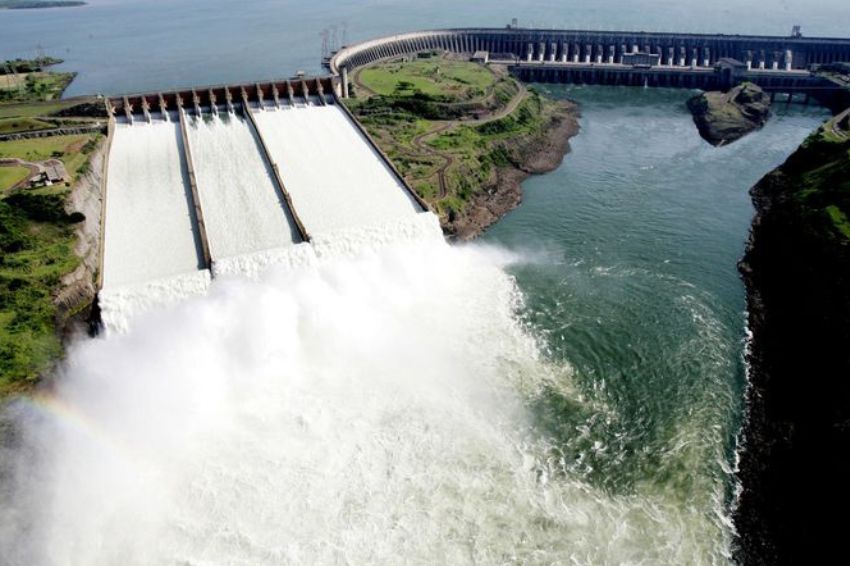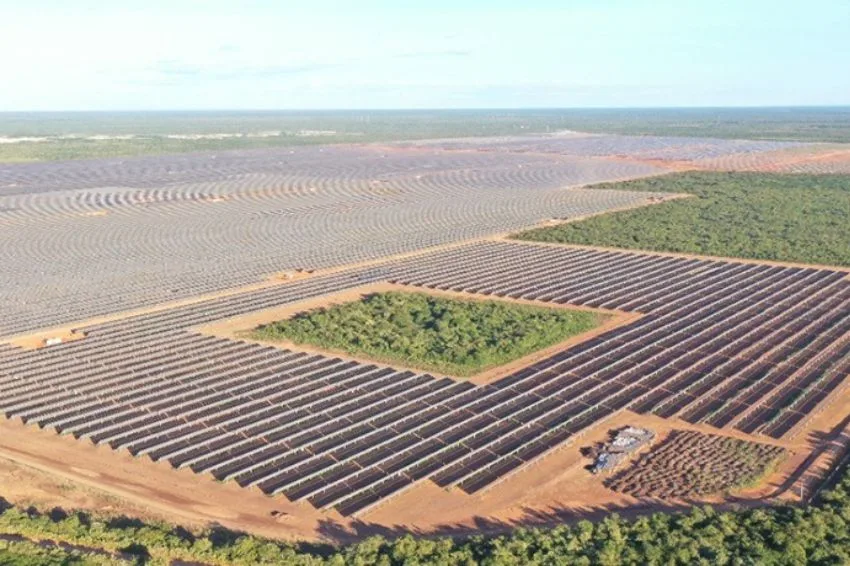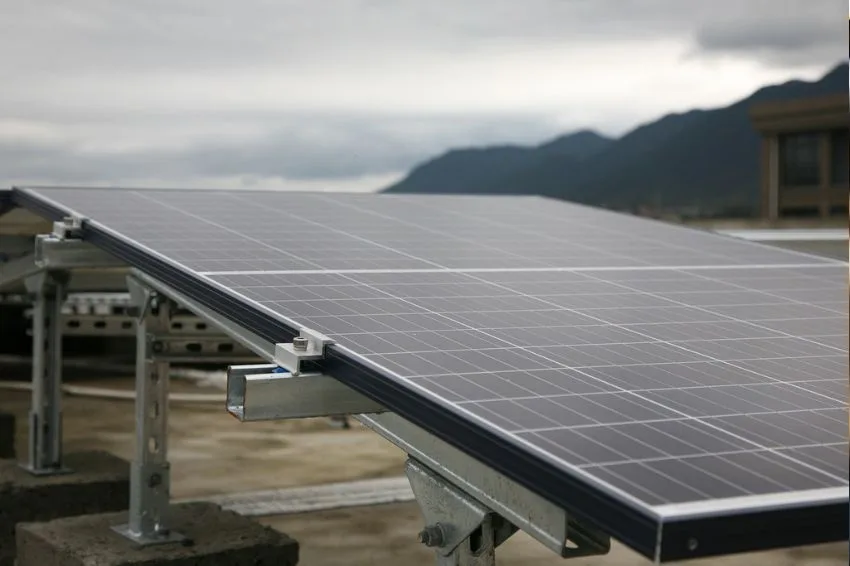The MME (Ministry of Mines and Energy) reported that some of the The country's main hydroelectric plants have full reservoirs and, for operational reasons, need to open their floodgates.
The operation has been carried out since last week. In practice, it means that a portion of hydraulic energy is being thrown away.
According to the Ministry, the spills occur as a result of a significant recovery of the main SIN (National Interconnected System) reservoirs – which in some cases already exceed 60% of storage.
“Throughout this month, rainfall is above average in some areas of Brazil. This has caused reservoir levels to rise rapidly, making it necessary to activate flood and spill control plans in many basins”, explained the MME in a note.
Last Saturday (14), the floodgates of Itaipu Binacional plant were opened after remaining closed for a period of 15 months. The last opening took place on October 23, 2021, to control the level of the Paraná River.
“This widespread spillage indicates the presence of energy surpluses associated with a growing amount of generation from wind and solar sources”, explains Itaipu’s Operations Superintendent, José Benedito Mota Júnior.
In recent days, spills have started at the Madeira River plants, in the Belo Monte complex, and in the São Francisco and Rio Grande river basins. More spillage is expected soon, as at the Tucuruí plant.
For the next few weeks of January, the ONS (National System Operator) predicts affluence above 80% in all regions of the country.
In addition to surplus renewable generation and increased rainfall, lower demand for electrical energy has also contributed to increasing reservoir levels.
According to the ONS, milder temperatures in January are one of the factors that may explain the reduction in demand in the Southeast, Central-West and South regions.
















